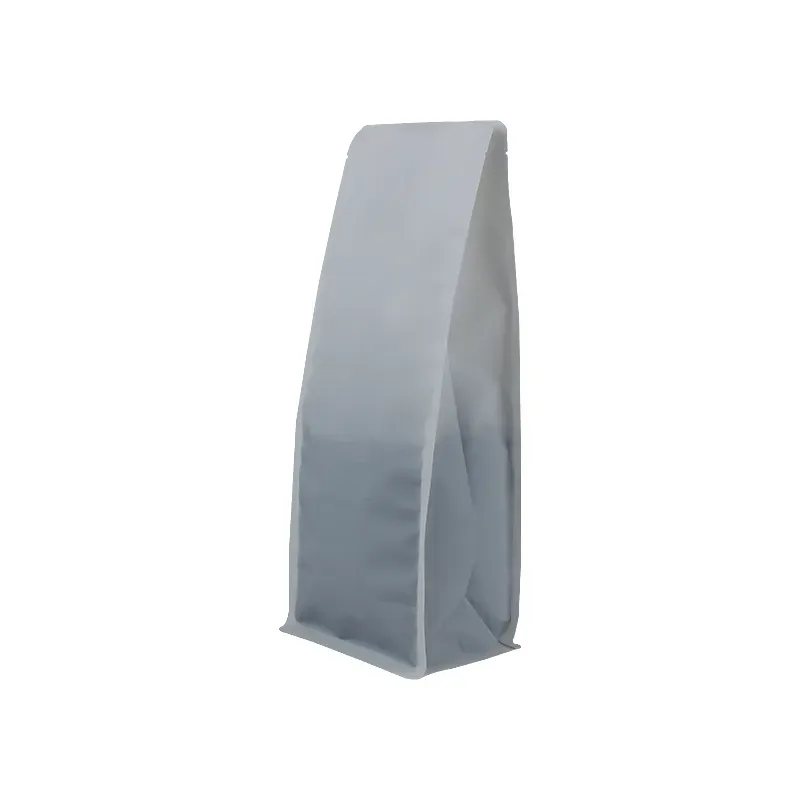- Afrikaans
- Albanian
- Amharic
- Arabic
- Armenian
- Azerbaijani
- Basque
- Belarusian
- Bengali
- Bosnian
- Bulgarian
- Catalan
- Cebuano
- chinese_simplified
- chinese_traditional
- Corsican
- Croatian
- Czech
- Danish
- Dutch
- English
- Esperanto
- Estonian
- Finnish
- French
- Frisian
- Galician
- Georgian
- German
- Greek
- Gujarati
- haitian_creole
- hausa
- hawaiian
- Hebrew
- Hindi
- Miao
- Hungarian
- Icelandic
- igbo
- Indonesian
- irish
- Italian
- Japanese
- Javanese
- Kannada
- kazakh
- Khmer
- Rwandese
- Korean
- Kurdish
- Kyrgyz
- Lao
- Latin
- Latvian
- Lithuanian
- Luxembourgish
- Macedonian
- Malgashi
- Malay
- Malayalam
- Maltese
- Maori
- Marathi
- Mongolian
- Myanmar
- Nepali
- Norwegian
- Norwegian
- Occitan
- Pashto
- Persian
- Polish
- Portuguese
- Punjabi
- Romanian
- Russian
- Samoan
- scottish-gaelic
- Serbian
- Sesotho
- Shona
- Sindhi
- Sinhala
- Slovak
- Slovenian
- Somali
- Spanish
- Sundanese
- Swahili
- Swedish
- Tagalog
- Tajik
- Tamil
- Tatar
- Telugu
- Thai
- Turkish
- Turkmen
- Ukrainian
- Urdu
- Uighur
- Uzbek
- Vietnamese
- Welsh
- Bantu
- Yiddish
- Yoruba
- Zulu
font size convert to inches
Understanding Font Size Conversion to Inches
When it comes to design and typography, understanding font size and how to convert it to physical measurements, such as inches, is crucial. Whether you’re designing for print media or digital platforms, having a grasp of font size can help you create visually appealing and readable content. This article will explore how font sizes are measured, how to convert them to inches, and why these concepts matter in design.
Font Size Basics
Font size is typically measured in points (pt) in the print world. One point is equal to 1/72 of an inch, meaning that a font size of 12 pt is approximately 0.167 inches tall. However, font size can also be measured in pixels (px) for digital displays. The relationship between points and pixels can vary depending on the resolution (DPI or dots per inch) of the output device. For the purposes of this article, we’ll focus primarily on points and inches.
Converting Points to Inches
To convert font size from points to inches, you can use a simple formula
\[ \text{Inches} = \frac{\text{Points}}{72} \]
For example, if you have a font size of 24 pt, the conversion to inches would look like this
\[ \text{Inches} = \frac{24}{72} = 0.333 \text{ inches} \]
font size convert to inches

This means that a 24 pt font size will have a height of approximately 0.333 inches.
Practical Applications
Understanding how to convert font sizes into inches is particularly useful in several practical scenarios
1. Print Design When designing brochures, flyers, or ads, knowing the physical dimensions of your text ensures that your design looks good when printed. Often, designers must consider the trim size of a printed piece and ensure that the font is not only legible but also aesthetically pleasing.
2. Signage In creating signs, especially for public spaces or events, it is vital to ensure that the text is large enough to be readable from a distance. Converting font size to inches helps in deciding the appropriate text size for various viewing distances.
3. Web and Mobile Design While web design primarily uses pixels, many designers use points for CSS styles that mimic print standards. Understanding how to translate these measurements helps in maintaining consistency between print and digital content, especially for brands that span across multiple platforms.
4. Accessibility The readability of text is a critical aspect of accessibility. By ensuring font sizes are appropriate when converted to inches, designers can create content that is not only aesthetically pleasing but also accessible to all users, including those with visual impairments.
Conclusion
In conclusion, understanding font size and how to convert it to inches is an essential skill for anyone involved in design or typography. Whether in print, signage, or digital content, the size and clarity of text can drastically impact the effectiveness of communication. By keeping track of font sizes and their physical measurements, designers can create well-structured, legible, and accessible material that resonates with their audience. Remember, good design is not just about how it looks, but also how it functions and serves its intended purpose. So, take the time to familiarize yourself with these conversions, and elevate the quality of your design work!













